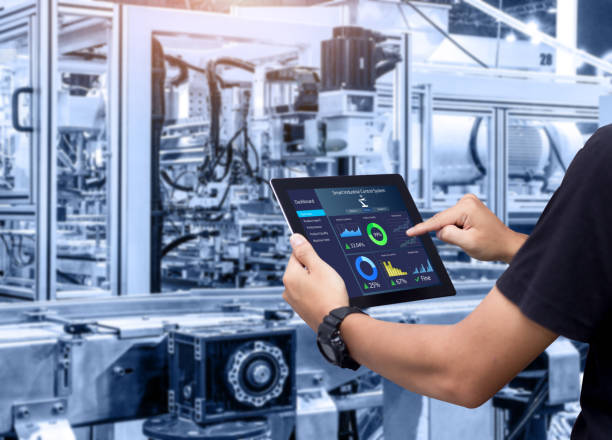Traditional procedures may not be sufficient in the building sector. We need new methods of doing things as the need for projects to go ahead swiftly and effectively grows. But what can we do about it?
We can take a major step towards a smarter and more efficient future with the aid of IoT technology and the newest building developments. Here are a few examples of how the Internet of Things is transforming the way we work in the construction sector.
Change Is Required
For the building sector, traditional procedures and tools may not be sufficient. We need new methods of doing things as the need for projects to go ahead swiftly and effectively grows. But what can we do about it?
We can take a major step towards a smarter and more efficient future with the aid of IoT technology and the newest building developments. Here are a few examples of how the Internet of Things is transforming the way we work in the construction sector.
What Are the Advantages of Using IoT in Your Business?
Working with the Internet of Things can help your company for a variety of reasons. First and foremost, technology is cheaper than it has ever been. As a result, it’s now easier than ever to embrace new technologies at a low cost. Second, the Internet of Things allows construction enterprises to lower their operating expenses. Installing sensors in equipment or machinery, for example, can assist to reduce downtime and time spent on unscheduled repairs. Third, IoT technology allows us to view the broad picture by offering information about projects that would otherwise be difficult to locate.
Finally, by giving critical information about what’s occurring on the ground, IoT may assist reduce delays and improving project safety. Smart dust particles, for example, can be utilized to detect chemical leaks below while causing minimal disruption to above-ground activities. Construction managers will be able to detect early on whether there is a risk of explosion or gas leaks, making them easier to address before they become severe concerns or hazards for those working on the job.
What Are the Advantages of Working with IoT for Your Customers?
One of the most significant disadvantages of construction is the absence of communication between on-site and off-site workers. When it comes to huge initiatives, communication may be a nightmare. But there is still hope!
Communications have vastly improved since the introduction of IoT technology. We can alleviate some of the logistical hassles associated with building and increase our ability to reach out to customers by utilizing the Internet of Things.
The Internet of Things also makes it easier for us to guarantee that we’re following all applicable standards and certifications for specific initiatives. We can utilize sensors and data analytics to monitor how things are going on-site, as well as check on compliance concerns, all from the comfort of our offices, thanks to IoT.
All of these advantages imply that clients have a better experience since they are more informed about what is going on than ever before, allowing them to make better decisions regarding their projects.
How Can IoT Be Used in Construction?
Installing sensors on machines is one of the greatest methods to introduce IoT into construction. Sensors can detect utilization, allowing you to better manage your equipment and do more in less time. You’ll be able to better grasp how to enhance your efficiency if you can monitor the exact motions of equipment.
Drones for data collecting are another approach to use IoT. Drones are commonly employed in agriculture to capture aerial photos, but they may also be utilized in construction.
Drones may be used to collect data on the site and build a map of what needs to be done initially. This will not only save you time, but it will also give you a better idea of how much work remains on a project. With the use of drones and sensors, we may take things a step further and include AI in the building.
For example, AI might aid in the interpretation of data acquired from drone flights and sensors in order to produce a more accurate estimate of work completion timelines. This would give a useful service that can’t be provided by standard techniques.
The building zone’s future is today! The way construction sites are handled must adapt as well, as the world of construction continues to evolve. Being on the bleeding edge of new technology will provide your company the competitive advantage it needs, from site safety to predictive maintenance.
Working smarter, not harder, is the key to the construction industry’s future success. That’s where the Internet of Things comes in. Your business may be more productive and lucrative by utilizing traffic cones’ IoT expertise to enhance productivity, save operating costs, and improve site safety.

